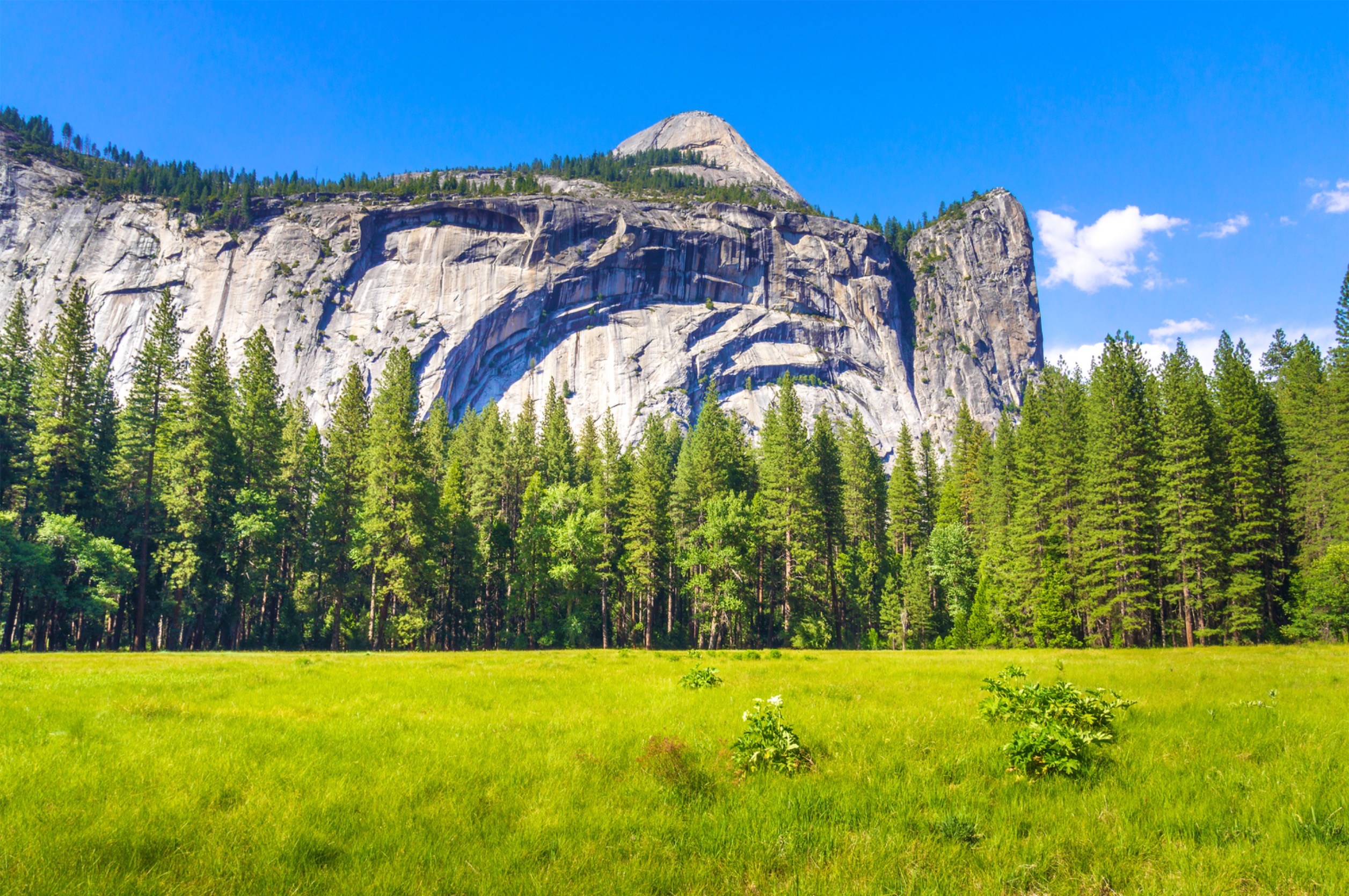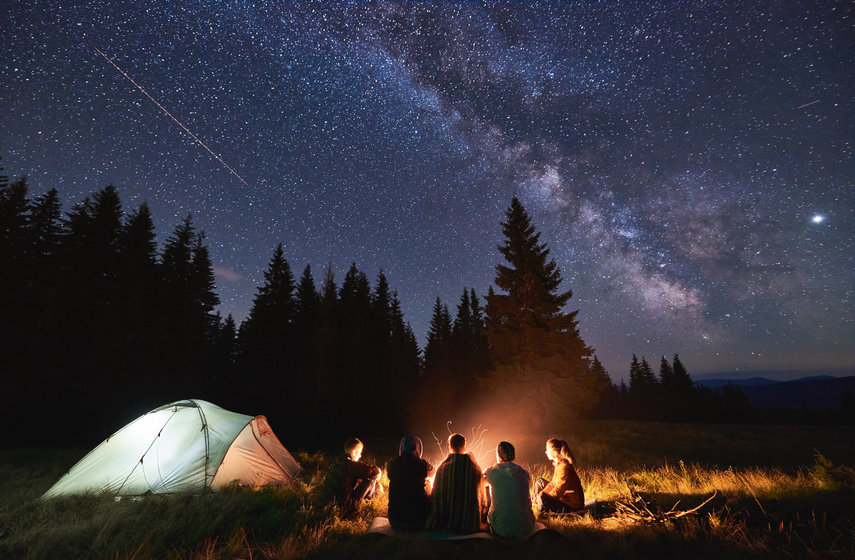National Park Etiquette and
Respectful Nature Visits
 Image Source: rozabel; "Yosemite National Park, California, USA.", 2024. Accessed via https://www.123RF.com/photo_68566594, Standard License.
Image Source: rozabel; "Yosemite National Park, California, USA.", 2024. Accessed via https://www.123RF.com/photo_68566594, Standard License.Visiting our national parks is a wonderful way to connect with nature and experience some of the most beautiful landscapes our country has to offer. Let’s explore essential etiquette for national park visits, ensuring you leave no trace and preserve these natural wonders for future generations.
Plan Ahead and Prepare
Knowing as much information as possible will help you know what to expect and how to prepare for the unexpected.
- Research park regulations and special concerns
- Schedule your trip to avoid times of high use when possible
- Repackage food to minimize waste
- Use a map and compass to eliminate the need for rock cairns or flagging
Proper planning not only enhances your experience but also reduces your impact on the environment.
Implementing National Park Etiquette
You’ve done your research and are heading out on your adventure. The overall guideline to remember is that you are a guest in Mother Nature’s home. As a human in a natural setting, there are many opportunities for you to unknowingly damage the environment you are there to enjoy.
You can prevent this from happening when you:
1. Travel and camp on durable surfaces. To minimize your footprint:
- Stick to established trails and campsites
- Walk single file in the middle of the trail
- Camp at least 200 feet from lakes and streams
- Avoid areas where impacts are just beginning to show
2. Dispose of waste properly. The "Pack it in, Pack it out" principle is crucial. Whatever you bring into a natural area, you must also take out with you when you leave.
- Pack out all trash, leftover food, and litter
- Use bathroom facilities when available
- If facilities aren't available, deposit solid human waste in catholes dug 6-8 inches deep, at least 200 feet from water, camp, and trails
- Pack out toilet paper and hygiene products
- Bring reusable containers to minimize waste
- Carry a small trash bag to collect waste as you go
By following the “Pack it in, Pack it out” principle, you help ensure that natural areas remain clean, safe, and enjoyable for all visitors and wildlife. It's a crucial part of minimizing human impact on the environment and practicing responsible outdoor recreation. You might want to take this a step further by picking up any litter you find, even if it isn't yours – sometimes referred to as "Pack it in, Pack it out, and then some."
3. Leave what You find.
- Leave rocks, plants, and other natural objects as you find them
- Don't build structures or dig trenches
- Avoid introducing or transporting non-native species
- Don't carve into trees or deface natural surfaces
Take only photographs, leave only footprints.
4. Minimize campfire impacts by using extreme caution. Responsible fire management prevents wildfires and preserves the natural landscape.
- Use established fire rings or camp stoves
- Keep fires small and burn all wood to ash
- Put out fires completely and scatter cool ashes
- In some areas, fires may be prohibited - always check local regulations
5. Observing wildlife is a privilege and must be done respectfully and responsibly.
- Observe wildlife from a distance; don't follow or approach them
- Never feed animals - it damages their health and alters natural behaviors
- Store food and trash securely
- Control pets or leave them at home
Remember, we are visitors in their home.
6. Be considerate of and courteous to other visitors.
- Yield to other users on the trail
- Camp away from trails and other visitors if possible
- Let nature's sounds prevail - avoid loud voices and noises
- Respect the quality of other visitors' experiences
Etiquette-fulness goes a long way in ensuring everyone enjoys their park visit.
7. Follow park rules and regulations, which may vary depending on the park you are visiting. These rules exist to protect both visitors and the environment.
- Adhere to entrance fee requirements
- Observe speed limits and parking regulations
- Stay on designated trails, especially in fragile ecosystems
- Follow guidelines for activities like fishing, boating, or rock climbing
8. Practice photography etiquette. Capturing memories is important, but safely doing so ensures you can enjoy them for years to come.
- Don't use drones where prohibited
- Avoid disturbing wildlife for the perfect picture
- Be mindful of other visitors when setting up equipment
- Don't venture off-trail for a photo opportunity that could easily lead to a dangerous situation
Foster an Appreciation for our National Parks
Aside from enjoying time in nature, our national parks offer educational opportunities that help strengthen our appreciation for these amazing places. You can become a steward of our national parks.
- Learn about the area's natural and cultural history, including indigenous peoples' connections to the land
- Share your knowledge with others, especially children
- Lead by example in following park etiquette
- Check out the National Park Service website to learn more and follow them on Instagram (@nationalparkservice) for fun posts
By following the etiquette guidelines above, we can all play a part in preserving our national parks for future generations. As you explore these magnificent landscapes, take pride in knowing that your responsible behavior is helping to protect these natural wonders. So pack your bags, lace up your hiking boots, and set out to experience the awe-inspiring beauty of our national parks - all while treading lightly and respectfully on the earth.














